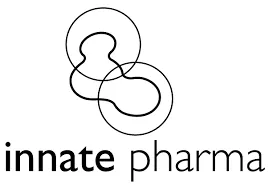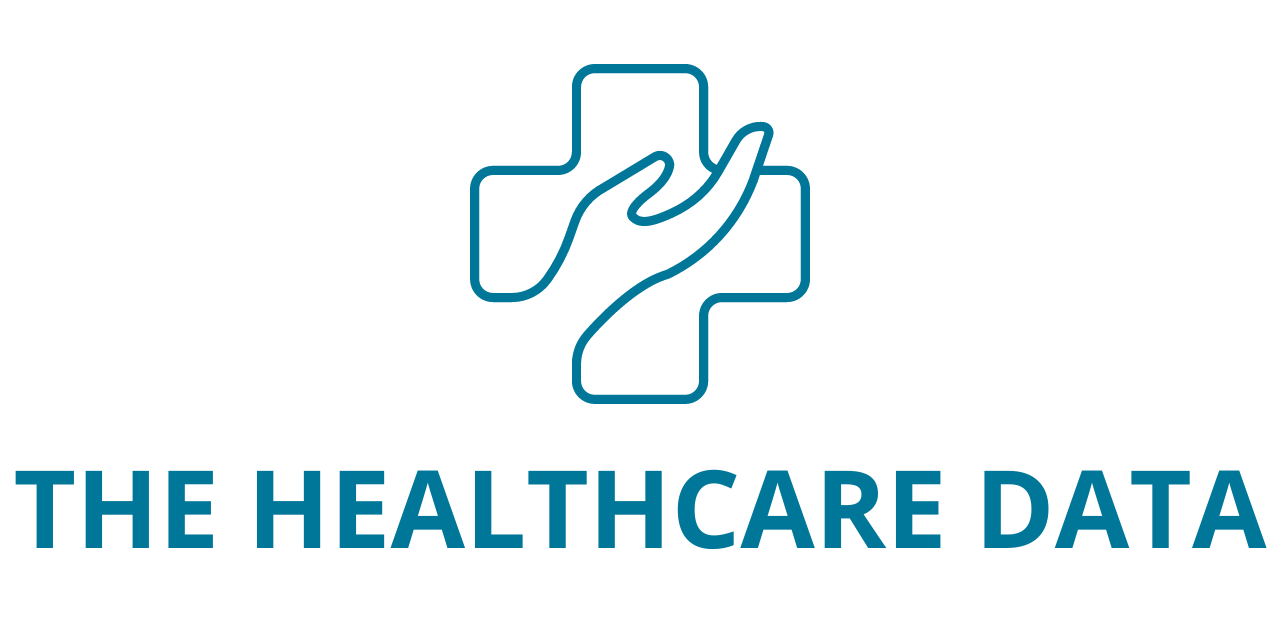Innate Pharma’s Lacutamab Receives FDA Breakthrough Therapy Designation for Sézary Syndrome
Innate Pharma SA (Euronext Paris: IPH; Nasdaq: IPHA) has announced that the U.S. Food and Drug Administration (FDA) has granted Breakthrough Therapy Designation (BTD) to lacutamab, an innovative anti-KIR3DL2 cytotoxicity-inducing antibody, for the treatment of adult patients with relapsed or refractory (r/r) Sézary Syndrome (SS). This designation applies to patients who have undergone at least two prior systemic therapies, including mogamulizumab.
The decision follows promising results from Phase 1 studies and the Phase 2 TELLOMAK study, where lacutamab demonstrated strong efficacy and a favorable safety profile, particularly in patients who had already undergone multiple lines of treatment, including post-mogamulizumab therapy for advanced Sézary syndrome.
High Unmet Need in Sézary Syndrome
Sézary syndrome, a rare and aggressive form of cutaneous T-cell lymphoma (CTCL), is characterized by the abnormal proliferation of T-cells, leading to severe skin manifestations and debilitating symptoms. Patients with advanced SS face a poor quality of life and often experience limited response to available therapies, with high relapse rates. Sonia Quaratino, MD, Chief Medical Officer of Innate Pharma, emphasized the critical need for new, effective treatments in this patient population, stating, “In this aggressive and rare form of cutaneous T-cell lymphoma, patients in advanced disease often experience very poor quality of life and are in strong need of new, targeted treatment options.”

Dr. Quaratino further highlighted that the FDA’s Breakthrough Therapy Designation underscores lacutamab’s potential to offer meaningful improvements in both efficacy and safety compared to current therapies, marking a significant step in the development of this treatment.
Breakthrough Therapy Designation and Regulatory Progress
The FDA’s Breakthrough Therapy Designation is intended to expedite the development and regulatory review of treatments for serious conditions that show substantial improvement over existing therapies. Lacutamab’s BTD is based on early-stage clinical data indicating its potential to offer significant clinical benefits for patients with r/r Sézary syndrome.
Lacutamab had already received FDA Fast Track designation in 2019 for patients with r/r Sézary syndrome who have failed at least two prior systemic therapies. In addition, the European Medicines Agency (EMA) granted lacutamab a PRIME (PRIority MEdicines) designation in 2020, highlighting the treatment’s potential to address a high unmet medical need in patients with advanced CTCL.
The designation opens the door for Innate Pharma to work closely with the FDA to accelerate the ongoing clinical development of lacutamab. The company is actively preparing for a confirmatory Phase 3 trial in CTCL, while also seeking a potential partnership to further advance the development and commercialization of lacutamab.
Cutaneous T-Cell Lymphoma (CTCL) and Sézary Syndrome
Cutaneous T-cell lymphoma (CTCL) is a rare, non-Hodgkin’s lymphoma that primarily affects the skin and is driven by malignant T-cells. The disease is classified into different subtypes, with Mycosis fungoides and Sézary syndrome being the most common. Sézary syndrome is the leukemic form of CTCL and is associated with poor prognosis and a low 5-year survival rate—about 10%—particularly in advanced stages.
In the U.S. and Europe, approximately 6,000 new cases of CTCL are diagnosed each year. Sézary syndrome often leads to chronic, debilitating symptoms such as severe itching (pruritus), which significantly impacts the quality of life. Current treatments, while available, often do not provide sustained benefits, and the relapse rate is high.
About Lacutamab
Lacutamab is a first-in-class humanized antibody designed to target the KIR3DL2 receptor, a protein expressed on the surface of malignant T-cells in patients with CTCL. This receptor is present in about 65% of CTCL patients overall and is found in up to 90% of patients with aggressive subtypes like Sézary syndrome. It is also expressed by approximately 50% of patients with mycosis fungoides and peripheral T-cell lymphoma (PTCL). Notably, KIR3DL2 has restricted expression on normal tissues, which helps minimize the potential for off-target effects.
Lacutamab works by inducing cytotoxicity specifically against these malignant T-cells, offering a potentially effective, targeted treatment option for patients with advanced and hard-to-treat CTCL and PTCL. The therapy has already received orphan drug designation in both the European Union and the United States for CTCL, underscoring its importance in the treatment landscape.





